There are a lot of fun questions that come up in the pest control world. Some sound like no-brainers, yet result in some very interesting facts, such as when we examined the relationship between cockroaches and shrimp. Others seek to debunk home remedies or verify their effectiveness scientifically.
One such question turned out a lot more complicated than we could have expected: Do ants poop? Let’s look at the facts together.
See Also: What Do Flea Droppings Look Like?
Do Ants Poop?
Yes, ants do poop, but there’s a good reason people ask this so often (and not just kids).
Years back, Japanese author Taro Gomi wrote a famous book entitled “Everybody Poops”, but what happens when you never see the poop?
This is one of the two reasons people have for questioning whether or not ants actually poop. The other reason is that they’ve found unidentified feces and want to know if ants may be the source.
Of course, production of waste is one of the seven requirements for classifying life. Ants do, indeed poop just like spiders, bed bugs, and other tiny critters do. How exactly this process takes place is unknown, since ants have two stomachs and no scientific study has been made to actually observe an ant defecating (it’s rather rude to watch, after all).
What we do know is that ant poop (properly called frass) can help identify certain kinds of ants. It’s also often often an early warning sign of an infestation.
What Do Ant Droppings Look Like?
So now that we know that ants actually do go to the bathroom, what does ant poop look like?
There’s a lot of variation from one species to another, but a few common elements exist. For this reason, we need to look at where ants poop before describing what their frass looks like.
Ant Frass (Most Species)
Ants are far more intelligent than we like to give them credit for. They can have highly complex societies, and some species are even known to bathe when entering the nest to ensure they don’t spread germs.
But what might be even more fascinating is that ants invented the bathroom long before humans!
Most ant species are fully potty trained. They hold their poop until they get back to the nest, then go to special galleries within the nest designated as the colony restrooms. One there, the ants will defecate and then go back to their duties.
When these galleries fill up, the ants seal the tunnel leading into the gallery to prevent contamination of the colony.
This behavior is rather similar to human outhouses, which were built above a hole in the ground. Once the hole reaches capacity, the outhouse structure is moved to a new location and the old hole is completely buried.
Can Ants Poop Outside?
So do ants leave droppings outside of the ant colony? Well, just like people, sometimes the urge to go is so great you just can’t hold it. When this happens, there’s not much to do except wipe and run in the hopes a fellow ant didn’t see. Unfortunately, accidents like this are so tiny you’ll probably never notice it.
Carpenter Ant Frass
Carpenter ants handle their bathroom arrangements a little differently than most other ants, and they also have a more distinct type of feces.
Since the carpenter ants live inside wood and not typical ant mounds or hills, they often have limited space. In addition, they don’t actually eat wood and can’t digest the cellulose that binds wood like termites do.
Carpenter ant frass contains wood fragments, bits of insects that were consumed, particles of soil, and other bits of undigested waste. The resulting feces looks like sawdust the same color as the wood that was chewed, with the individual pieces looking more like wood shavings and not fully solid.
But again, carpenter ants have found a form of waste management that humans later inadvertently copied. In this case, the carpenter ants create small openings in the side or bottom of the wood (known as kick holes). The waste is ejected out of the colony through these openings to land on the surface below the hole.
This form of lavatory setup was also once commonly used by humans, most notably in the form of castle garderobes, a small alcove or rectangular outcropping in the outer wall with an opening through which the poop would fall to the ground below. Humans also used a similar setup on wooden sailing ships.
Carpenter Ant Frass vs Termite Frass
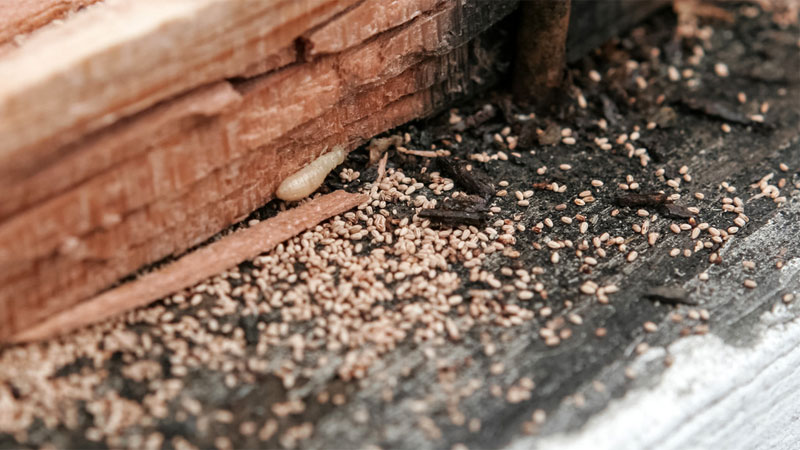
While both carpenter ants and termites live in wood, they have very different diets and thus their waste looks different. Here’s a quick breakdown of the key differences:
- Carpenter frass is semisolid and a bit larger, while termite frass is smaller and has a solid consistency.
- Carpenter ant poop looks more like wood shavings, whereas termite frass is firm and oval-shaped.
- Termite feces can be found under the nest or any infested wood as well as nearby, while carpenter frass is always found right under the kick holes.
The Dangers of Ant Frass
Ant frass is nasty stuff, even for ants. In fact, the excrement is so toxic to ants that they had to invent waste management procedures long before humans even existed! So if their fecal matter is that bad for ants, you can imagine it’s not all that great for humans either.
One of the main problems is the risk of contamination. It may be true that ants are very good at hygiene, but that doesn’t mean they don’t still carry bacteria or other pathogens. The ants themselves can contaminate food or surfaces, but what happens if one has an accident?
This can result in all of those toxins getting into your food or surfaces in a far more concentrated manner.
Another huge problem is that the fecal matter can be a major allergen and trigger asthma attacks. They contaminate the air around them as well as the surfaces they’re resting on and thus need to be dealt with promptly.
This risk can also extend to your pets, who may pick up parasites or some ailments by accidentally ingesting or coming into contact with the frass.
Dealing with Ant Poop
But wait, didn’t we say that ants usually bury their frass in special galleries? If so, how does one fight off the effects of frass in the home?
This is actually a complicated matter and the reason why most pest control sites out there won’t even touch the topic of ant droppings outside of carpenter ants. But then again, we’re not most sites.
Carpenter Ant Frass
Let’s begin with the easy one – carpenter ants. You can handle carpenter ant droppings in much the same way you can roach frass. Begin by taking pictures (you can then pass this on to an exterminator). Vacuum up the frass to remove all the visible debris. After that, the real work begins.
You’re going to need to sterilize the area where you found the waste material, including the wall between the frass pile and the kick hole. Choose a product that will disinfect the surfaces without damaging them.
For carpets, you can use a quality carpet shampoo. Witch hazel is also an option, as this alternative to rubbing alcohol can remove blood and other stains without discoloring the carpet or other fabrics.
In most cases, if you’ve hired an exterminator, they’ll clear up the ant feces as part of their service. The reason for this extra step is partially so they can keep an eye out for signs of survivors or a new colony during follow-up visits.
By personally cleaning the waste, they can document the step was completed so there are no false flags on the next visit.
Other Types of Ant Frass
But what about all those other ants? Let’s say you have an infestation of ghost ants or (if you’re very unlucky) Argentine ants. Their poop will be located in the nest, so how do you get to it?
Unfortunately, there’s a very good chance you won’t be able to. The frass will simply remain in your walls or under the floor until it decomposes. The bacteria contained within will likely die out over time due to a lack of any host.
However, some methods used to treat outdoor ant nests can have some effect on the contained feces as well. The most notable of these methods are boiling water or aluminum. As it soaks into the nest layer by layer, it will cook the bacteria in ant frass, rendering it sterile.
It’s also possible that the carbonated water method will sterilize at least some of the poop, as this method displaces oxygen. However, there aren’t any studies to show just how effective this method is against frass (if at all).
A final method will help kill some bacteria, although not all. This method involves pouring hot, soapy water over the colony. Be warned, this may any harm nearby plants.
- How to Get Rid of Hawks - March 8, 2024
- How to Get Rid of Pill Bugs (Rolly Pollies) - March 1, 2024
- How to Get Rid of Groundhogs (Woodchucks) - February 5, 2024

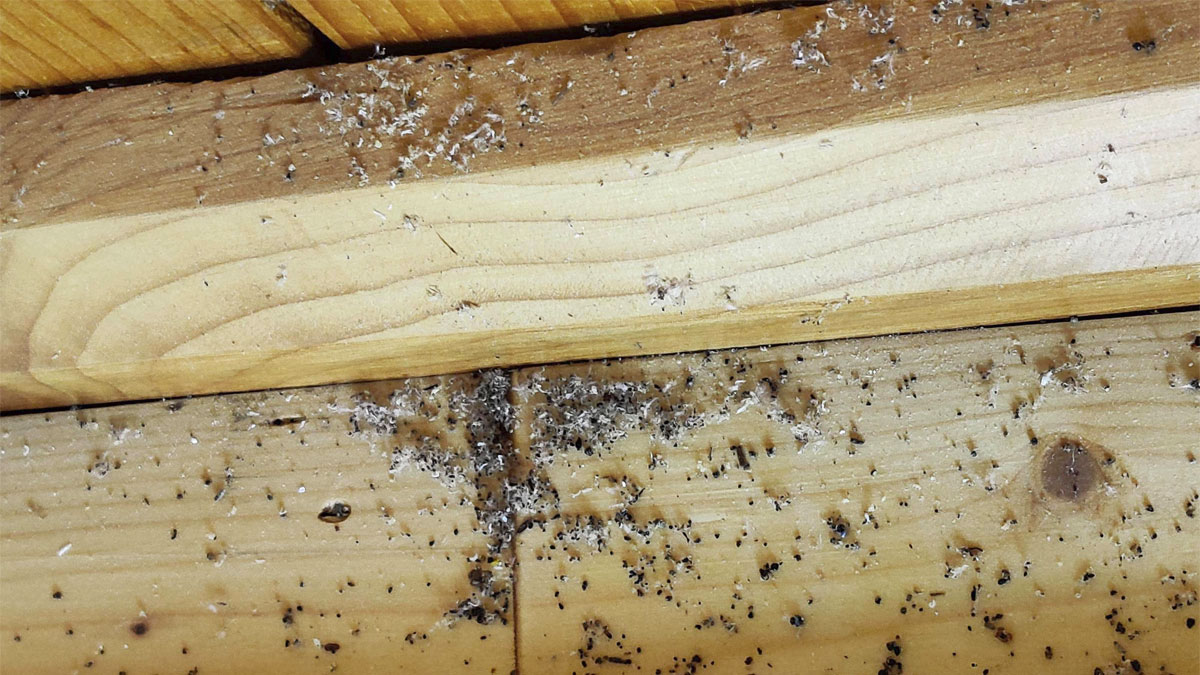
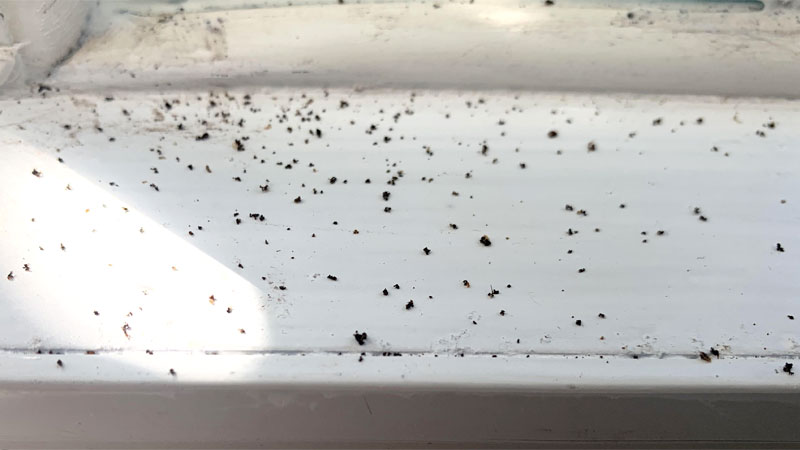
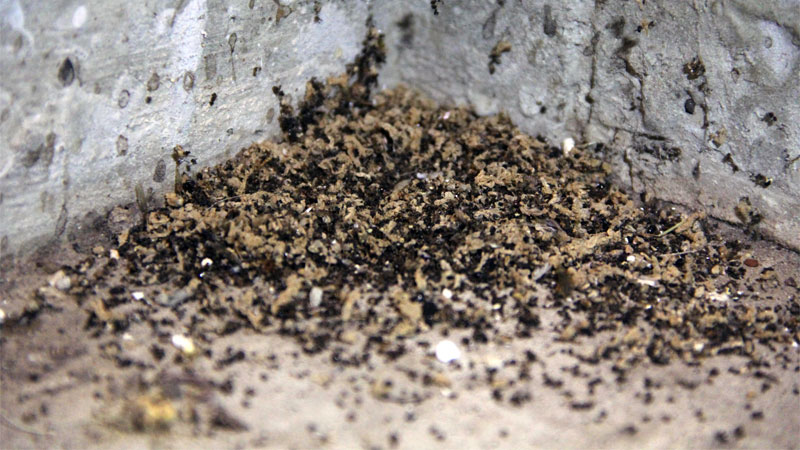
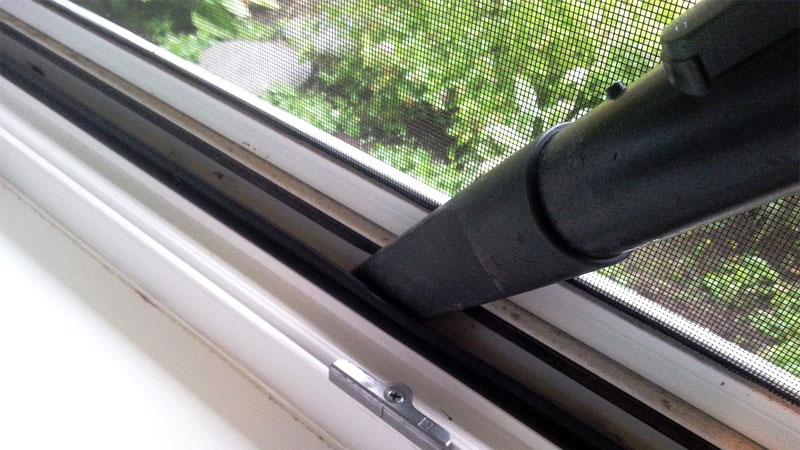
I’ve had ants for about a month. I live in an apartment that has maintenance. They’ve been here twice about the ant issue, first time just came looked said they could put silicone caulking where there’s a hole in the floor under the heater. I put out a single trap of raid last week, tapped it by the hole. They are attracted to the grass-seed cat litter I got for my cats automatic litter box. When it falls on the mat when she gets out the ants are attracted to the grass seed on the mat they can carry to their nest in the floor. The second maintenance guy said they are sugar ants. I found out grass seed does have some sugar content in it although it’s not much. I keep up with cleaning in the kitchen bc I have the litter box there and the ant problem. The second maintenance guy gave me d conn traps. I cleaned 2 nights ago and set all 4 and tapped them to the floor in corners and by the hole etc. I had to place objects in front of them bc my cat was trying to paw at the traps. I’ve found 3 piles of ant frass so far all in diff spots in my kitchen. Then I keep finding a spec or two here and there and it’s triggering bc I’m not sure if the spec is a piece of dirt from the mat in the kitchen (my front door goes into my kitchen so there’s a mat with some dirt, sand, etc from outdoors on it). I vacuumed 2 nights ago when I cleaned the floors, and emptied the litter box. I still see about 4 ants on the floor at a single time. But like I said it’s triggering to see a black spec on my counter tops or on my bed when I just did all my laundry. And I can’t tell the difference if it’s a spec of dirt or frass and it’s really starting to freak me out!!!! Do you have information about sugar ants frass? I can provide more information about the situation (pics, etc). I got this automatic litter box in November and I’ve been using the grass seed litter since November. I didn’t have ants until sometime in January. There was a day outside in New England where it was 55 degrees Fahrenheit. Very warm for the middle of winter for us. That day I noticed I had ants! And ever since I’ve been trying to keep the kitchen floors and areas they’re tracking as clean as possible!!!! Some days I won’t see any ants in the kitchen and multiple times I’ve thought I got rid of them and then the next day I’ll see a few and or a new pile of frass and know they are indeed not gone. Help!!!
trying to figure out if my current ant problem is also caused by my grass seed cat litter